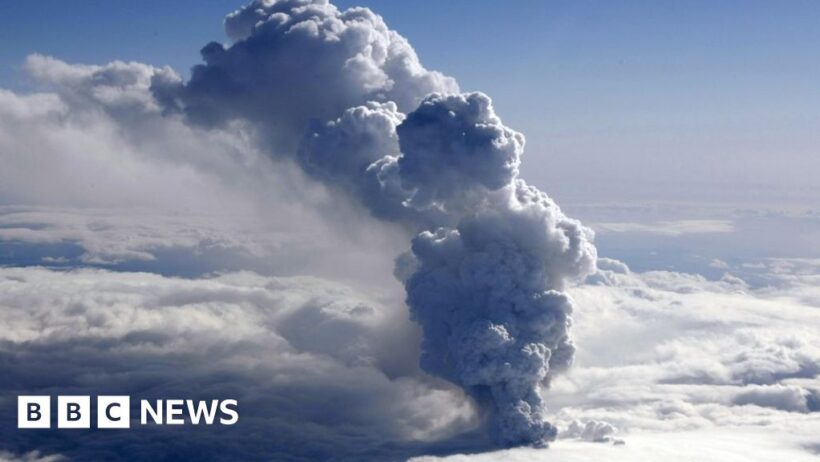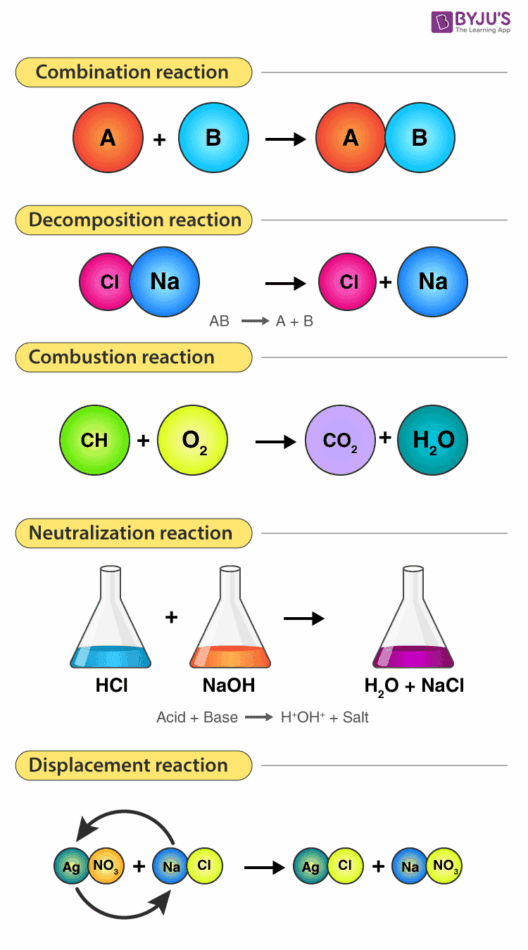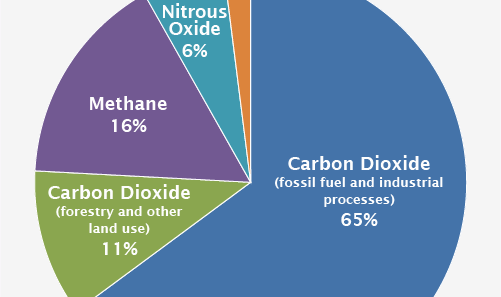Volcanic eruptions are often accompanied by impressive ash clouds and a variety of gases, both of which pose significant questions about their impact on climate change and global warming. While the immediate and visible effects of these phenomena are evident, their long-term implications on the Earth’s climate require a more nuanced exploration.
To comprehend the role of volcanic gases and ash clouds in the climate system, it is crucial to first understand the components they emit. The primary gases released during an eruption include water vapor, carbon dioxide (CO2), sulfur dioxide (SO2), and various trace gases. These substances have different atmospheric lifetimes and distinct effects on the climate.
For instance, water vapor is a potent greenhouse gas. When emitted in large quantities from volcanic eruptions, it can contribute temporarily to warming, as it enhances the greenhouse effect. However, its short atmospheric lifetime means that its long-term influence is less significant compared to other greenhouse gases, such as CO2.
Conversely, sulfur dioxide plays a profound role in climate modulation. Upon release into the atmosphere, SO2 can react with water vapor to form sulfate aerosols, which reflect sunlight back into space, creating a cooling effect. This phenomenon can lead to what is termed “volcanic winter,” a period characterized by lower global temperatures. Historical data reveal that significant eruptions, such as Mount Pinatubo in 1991, led to a noticeable reduction in average global temperatures by about 0.5 degrees Celsius due to the widespread formation of these aerosols.
However, the cooling impact of volcanic eruptions primarily occurs in the short term. Over several years, the sulfate aerosols within the atmosphere gradually settle and are removed through precipitation. This removal allows a rebound effect, wherein the long-term warming caused by CO2 continues unabated as the cooling influence diminishes.
This cyclical interplay raises an integral question: Do volcanic eruptions contribute to a net warming effect on the planet over the long term? In examining this issue, it is essential to account for the cumulative impact of anthropogenic emissions. Human activities have significantly escalated the concentration of greenhouse gases in the atmosphere, particularly CO2. In this context, the voluminous releases from volcanic eruptions appear relatively insignificant when compared to daily emissions from industrial activities, transportation, and deforestation.
Moreover, the influence of volcanic activity on the climate can be dependent on the frequency and intensity of eruptions. Large-scale eruptions are less frequent than the continuous output of greenhouse gases from human sources. Studies suggest that, while individual eruptions can temporarily alter climate patterns, the frequency of such events does not approach the scale needed to level the pervasive effects of human-induced climate change.
It is also noteworthy to consider the geographic variance in volcanic activity and its potential consequences for local ecosystems. In regions near active volcanoes, ash fallout can disrupt air quality and agricultural productivity, leading to local economic challenges. In these instances, the immediate and localized impacts of ash clouds can overshadow broader climatic effects.
Furthermore, the role of volcanic gases in the atmosphere raises questions about their interaction with other climate variables. For example, studies indicate that high concentrations of CO2 from volcanic activity can exacerbate the effects of global warming in specific regions. Areas close to active volcanoes experiencing enhanced greenhouse gas effects could face increasing challenges, ranging from more severe weather events to long-term alterations in ecosystems.
While the impact of volcanic gases and ash clouds can be complex, there is a clear distinction between these natural phenomena and the rapid environmental changes induced by human activities. Recognition of this dichotomy is vital for policymaking and climate action. Natural emissions from volcanoes occasionally provide a cooling agent but do not negate the reality of human-led climate change.
Ultimately, volcanic activity showcases the intricate balances within the Earth’s climate system. The dual role of volcanic gases—both as contributors to immediate climatic effects and participants in longer-term greenhouse processes—highlights the multifaceted nature of climate science. This complexity fuels ongoing research into understanding how natural events interact with anthropogenic climate shifts.
In conclusion, while volcanic eruptions can temporarily influence atmospheric conditions, their overall impact on global warming is negligible when juxtaposed against the broader context of human emissions and climate disruption. Our fascination with volcanic phenomena often stems from their majestic displays and dramatic consequences, but such occurrences should also serve as reminders of the urgency to address the underlying causes of climate change. The interplay of various factors—natural and human-made—demands a holistic approach to understanding and mitigating climate challenges ahead.







